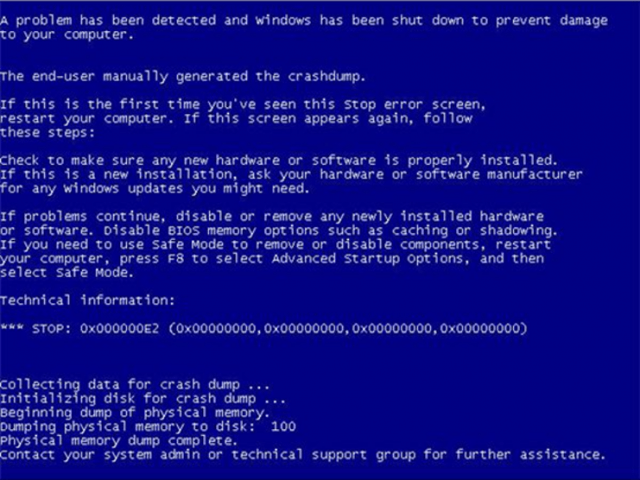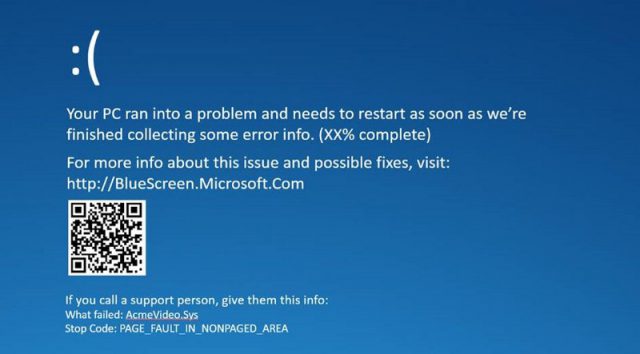From Medium:
With all this talk of machine learning, augmented reality, and artificial intelligence, everyone’s focus is usually on the technology itself. Which makes sense, given that someone has to actually build those experiences. But your experience as a user of this world-changing tech hinges on whether or not you know how to use it.
That’s where my team comes in. We’re a mix of former journalists, playwrights, teachers, and novelists (amongst a variety of other professions) who write the content you see on your Microsoft devices — the UX copy, the support content — anywhere you see words in your Microsoft experience, someone from my team or discipline has helped craft them.
Across Microsoft, there are thousands of UX writers, technical writers, support documentation writers, developer documentation writers, marketers, and communicators.
When you have that many people writing for ONE single brand, how do you make sure that no matter where you interact with Microsoft, the words feel like they were written by the same team?
Enter the latest version of the Microsoft Style Guide
Style guides aren’t be-all-end-all rule books that result in a trip to the principal’s office if something isn’t followed. They don’t remove emotion or feeling or authenticity from your words. Rather, they help everyone here at Microsoft (and beyond) use similar terms to keep consistency across the brand — from Xbox to Azure to Windows, we all use it.
It’s not something we keep carefully tucked under our pillows at night (wouldn’t that be a hoot), but we do reference it regularly. It’s not just what terms to use or when to capitalize things, but also provides guidance for howwe talk. It gets updated all the time, to keep up with the way we, as humans, talk to each other. In fact, the latest version came out last month.
. . . .
If you’ve used Microsoft products for a while, you probably remember seeing an error message like this:
“The end-user manually generated the crashdump.” That’s what you’re left with as a customer — most likely without an understanding of why your computer blue screened, and an even smaller chance to know what a crash dump is. *Sad trombone sound playing* *potentially followed with tables flipping*
As Microsoft has evolved, so has our voice. We’re friendlier, understanding that not everyone who uses Microsoft devices and software has a computer science degree or understands how to use run-commands. I’ve been here for over a year and still feel that tingle of anxiety when I press Win+R — “Oh god, I hope I don’t press the wrong thing and accidentally reset something” — trust me, we’ve all been there.
. . . .
Our new blue screen looks more like this:
It’s still not fun to get that message, but we hope you’ll understand that something went wrong with your device, we’ll restart it to see if that fixes it, and we’re collecting data to make your future experiences better.
Link to the rest at Medium


Oh, I don’t know, AcmeVideo.Sys failed with PAGE_FAULT_IN_NONPAGED_AREA is much friendlier than 0x000000E2. At least I don’t have to look up online what stop E2 means.
But the 0x000000E2 might have led you to even more info on what happened and a hint on fixing it.
Now if someone could convince them not to assume that every system is the same and stop pushing the same crap drivers that break things every dang ‘update’ …
While the second is fancier, it is equally unhelpful.
“Something is wrong, but we’re not going to tell you what it is.”
I’ve always liked that if you read the fine print, microsoft actually admits their software is unsuitable for any critical use. (It’s the only truth in packaging you’ll find from them … 😉 )
I used to do technical writing for software… it’s hard work! But really interesting. (Writing 6-8 word tooltips taught me the virtue of brevity, let me tell you.)
The new MS stuff is much better. I know some people think it’s trying to be creepily friendly, but I think it suits the new OS, which is big, bright, and friendly in a sans-serif smiley-face way.
You have to remember it is Microsoft.
By definition everything they do is evil and wrong just as everything Apple does is good and proper.
I still remember when they released the first XBOX and the Sony/Nintendo fanboys were up in arms that they actually dared to compete against Playstation and Nintendo. As if the console market were somehow reserved solely for Japanese companies.
Everywhere you look you’ll find tribalism of one sort or another.